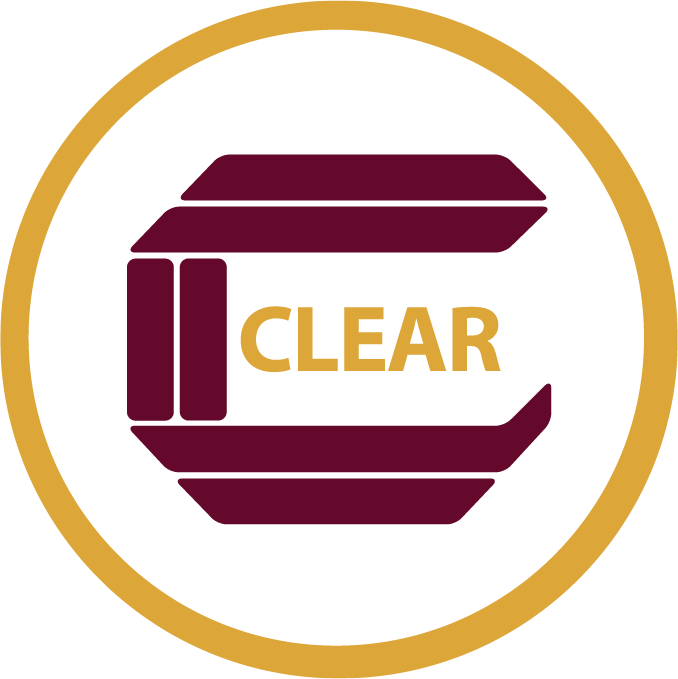Compliance 2.0 - the ceiling effect, regulatory compliance scale, and quality indicators
CLEAR’s recent webinar on “Compliance 2.0 – Catching licensees doing something right” focused on compliance monitoring – identifying areas of improvement and then equipping licensees with the tools and resources needed to do things right. With usable electronic data, data analytics to lead to targeted technical assistance, and a focus on equipping licensees with tools for corrections, you can shift from Compliance 1.0 to Compliance 2.0, and licensees are able to elevate their thinking to a focus on quality improvement. Speakers shared these keys to success: high quality longitudinal data, frequent and effective touchpoints, and equipping licensees with tools for continuous quality improvement.
If you missed the webinar, you can access the recording for purchase here: https://www.clearhq.org/CLEAR_Store/compliance-catching-licensees-doing-something-right
In this follow-up guest blog post, Dr. Fiene shares more information about the ceiling effect (the relationship between regulatory compliance and program quality), the regulatory compliance scale, and quality indicators.
From Dr. Richard Fiene, Research Institute for Key Indicators/Prevention Research Center/Penn State University:
The purpose of this short paper/public policy commentary is to introduce three relatively new, recently validated concepts to regulatory science. The first of the concepts (ceiling effect) is one that I have written about a good deal in previous policy commentaries when addressing the theory of regulatory compliance (Fiene, 2019). The other two (regulatory compliance and quality indicator scales (Fiene, 2022, 2023b; NARA, 2023)) have been validated more recently so they are relatively new, but I think will have a similar impact on the regulatory science field based upon the research interest generated worldwide.
